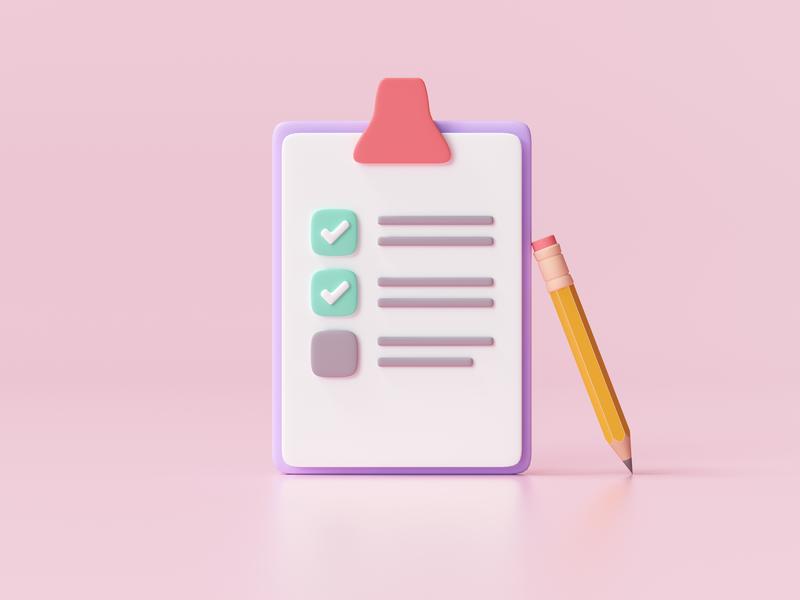It's time to fill out the mother of all financial aid forms: the Free Application for Federal Student Aid, or FAFSA. Don't worry, it's easier than you think! Before you sit down to complete the form, make sure you have all the necessary materials.
You'll find that the form seems much simpler when you're prepared with all the information you need. Depending on your circumstances (when you filed taxes or what tax form was used), you may or may not need the following information or documents as you fill out the FAFSA, so it's best to have it on hand.
• Your Social Security card and driver's license, and/or alien registration card if you are not a US citizen.
• Your income tax returns, W-2 forms and 1099 forms for the previous year. If you're married, you'll also need your spouse's documents.
• Your parents' income tax returns, W-2 forms and 1040 forms for the previous year (if you are a dependent student).
• Records and documentation of other untaxed income received such as welfare benefits, Social Security income, veteran's benefits, military or clergy allowances (if applicable).
• Current bank and brokerage account statements, including records of stocks, bonds, mutual funds and other investments (if applicable).
• Business or farm records (if applicable).
• Records relating to any unusual family financial circumstances, such as anything that changed from last year or anything that distinguishes the family from the typical family. Examples include high unreimbursed medical and dental expenses, unusually high dependent care costs (e.g., for a special needs child or an elderly parent), death, divorce, salary reductions, job loss and private K-12 tuition. (These aren't required, but they could influence the amount of aid received.)
• Title IV Institution Codes for each school you are applying to. You can get this code from the school, or you can use FinAid's Title IV School Code Database.
Once you've assembled all the necessary materials, filling out the FAFSA should be a fairly simple task. It's helpful to refer to a FAFSA worksheet during the process of gathering information for the application.
Remember to fill out your forms sooner than later–you don’t want to put something as important as your financial aid off until the last minute. Check your state and school's FAFSA deadline to ensure that you maximize your aid eligibility from federal, state, and institutional resources. Also, make copies of all documents and keep them with a copy of your completed FAFSA.
Finally, make it a priority to complete the FAFSA every year. Just because you didn't quality for financial aid the first time around, doesn't mean you will never qualify. A variety of factors go into to determining who is eligible for financial aid, and they can change each year depending on your circumstances.
You'll need:
• Your FAFSA ID (if you don't have one, you'll be prompted to sign up for one when you go to fill out your FAFSA).• Your income tax returns, W-2 forms and 1099 forms for the previous year. If you're married, you'll also need your spouse's documents.
• Your parents' income tax returns, W-2 forms and 1040 forms for the previous year (if you are a dependent student).
• Records and documentation of other untaxed income received such as welfare benefits, Social Security income, veteran's benefits, military or clergy allowances (if applicable).
• Business or farm records (if applicable).
• Records relating to any unusual family financial circumstances, such as anything that changed from last year or anything that distinguishes the family from the typical family. Examples include high unreimbursed medical and dental expenses, unusually high dependent care costs (e.g., for a special needs child or an elderly parent), death, divorce, salary reductions, job loss and private K-12 tuition. (These aren't required, but they could influence the amount of aid received.)
• Title IV Institution Codes for each school you are applying to. You can get this code from the school, or you can use FinAid's Title IV School Code Database.

